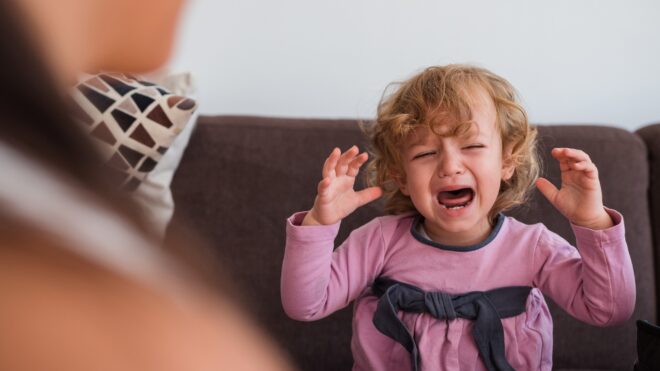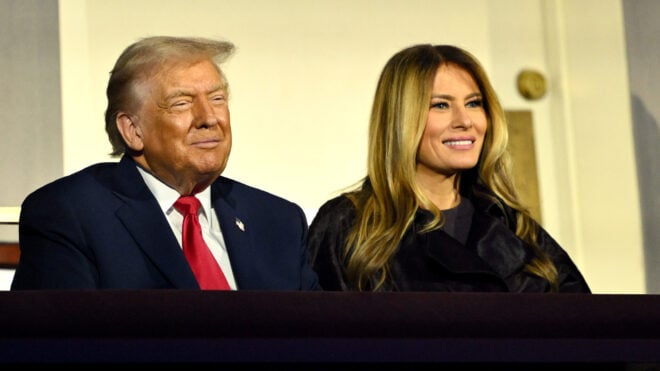
One of the most beautiful and rewarding things we've seen from our youngest generation is a genuine interest in changing the world. For a long time, kids have been told they have the ability to change the world, with the caveat that they just have to wait until they grow up.
Today's kids know they can start making change regardless of their age. Many of them become passionate helping other kids they have things in common with. For some, that's families experiencing homelessness. For others, it can be kids facing a certain challenge or fear. One of the areas that has seen a lot of advocacy work from adults and kids alike is disability activism.
There are some powerful young people who are changing the world and got their start doing so as kids. Here are the young changemakers living with disabilities and making the world a friendlier place for the disabled.
Melissa Shang
Melissa Shang took her first steps into activism at 10 years old when she and her sister petitioned the company that makes American Girl dolls for a doll with a disability. Melissa was diagnosed with Charcot-Marie-Tooth disease, a form of muscular dystrophy, at 3 and noticed dolls were just one area where disabled kids like her weren't seen. She succeeded and has continued her activism to this day.
"Through being an activist, I was able to do things I never would have dreamed of, from speaking at the United Nations to writing for Teen Vogue, and I discovered disabled people from every field, like Ali Stroker and Rebecca Cokley," Melissa — now a first-year Harvard student, disability activist, and children's book author — wrote of her experience.
"Activism taught me the greatest lesson that I could ever know: that disabled people are unstoppable. Every time I become discouraged, I remind myself of that."
Jaylen Arnold
Jaylen Arnold knew he was different from a young age. He grew up with a number of conditions: Tourette's syndrome, Asperger's syndrome, and obsessive compulsive disorder. Jaylen wasn't embarrassed by his differences, but at the age of 8, he started experiencing a lot of bullying as a result. That's when he came up with Jaylens Challenge, a new approach to ending bullying.
Jaylen founded the Jaylens Challenge Foundation, a program that has taught over 100,000 children how to recognize bullying and how to appreciate the differences in children. Now 21 years old, Jaylen is continuing to spread the anti-bullying message and is hopeful for the next generation.
"I just want the kids to feel safe," he told WTSP.
"No matter what anyone says about you, you’re specially made and you’re made for greatness."
Alex Campbell
Alex Campbell was just 7 years old when he began to be put in his school's "crisis closet" as a way to deal with his autism. The converted storage closet featured a desk that was put in front of the door so kids couldn't get out. He'd visit the room half a dozen times that year, for behavior such as ripping up paper or refusing to follow instructions in class. Instead of calming him down, it scared him.
Alex, now 17, works with a number of different organizations in his advocacy for the ethical treatment of the autism spectrum disorder community. He's continued being a voice against seclusion and restraint particularly.
Keress Weidner
Keress Weidner began championing the LGBTQ+ community as a teen. They are bigender and polysexual and have carved out a space within the community to champion neurodiverse and disabled nonbinary people. Keress has done this as a member of GLSEN’s National Student Council and continues it today at 20 years old.
Isabel Mavrides-Calderón
Isabel Mavrides-Calderón is a 16-year-old disability rights activist who has used TikTok to spread the word about how ableism is so deeply ingrained in our society and to raise awareness for the countless people hurt by these policies. She delves into disabled rights history to highlight the many who have fought for the accessibility that exists today, while also acknowledging how much work there is to be done in the space.







